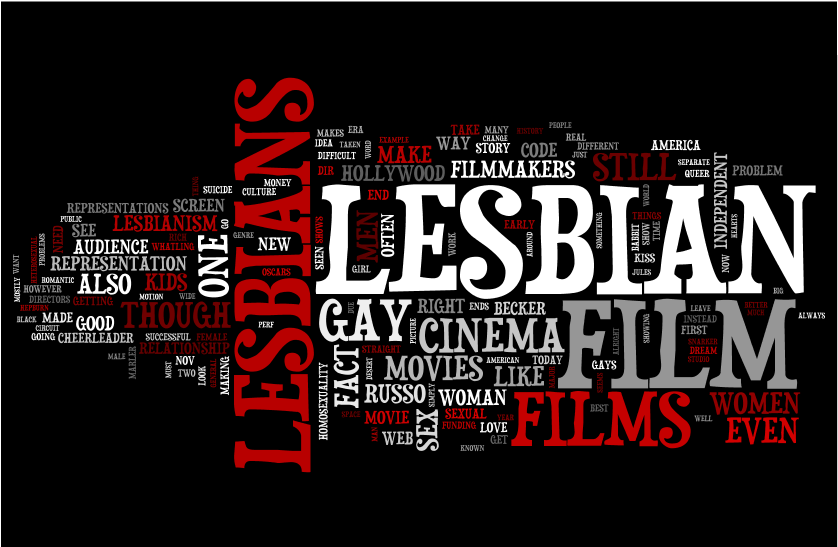|
So I love this website wordle.net. It takes chunks of text and makes them into interesting graphics by making the most frequently used words the largest and then declining each word in size based on usage. So, of course, as a celebration of my finishing three final papers at the end of my fall term, I decided to wordle them, and share.
0 Comments
HD television has been around for a long time now. My home has an HD television, but because we really don't care that much we don't use the feature (it also costs less, which is always a plus). However, I've watched HD television and have recently been exposed to the phenomena that is Blue Ray and I have to say that I am skeptical if not outright annoyed with this new and ubiquitous trend.
It's the whole obsession we have of being immersed into the TV or movie that we are watching as fully as possible that drives the high-definition desire, but in doing so we miss the nuances of film as a genre. Film is already moving into digital, as more and more films are being shot with RED cameras, edited exclusively on computers, and streamed into theatres instead of being delivered on cumbersome reels. While I sometimes miss the token scratch in the corner of a film as it is being projected, I understand the connivence and the image quality that can be achieved with digital film and I have no doubt that this will be a medium I use in the future. However, digital film and HD-Blueray are two totally different things. The problem with HD is that it changes the style in which the film or television show was originally created. I watched Cruising, a film (shot on film, mind you) from 1980 on a blue ray player and was instantly put off by the documentary-like style that I was confronted with. Though the film itself was more of a documentary style at some points, known for using real footage of real people inside gay bars and also leather bars (real people instead of actors), it appeared as though someone with a high def hand held camera had walked onto the street and started filming. Gone was the sleek, screen look that I was used to, the comforting wall between myself and the story, the 24 frames-per-second that my mind had been so used to consuming. Now, challenging conventions can be a good thing, without challenging conventions art never progresses, but this is a convention that I wish to go unchallenged. I watch a film for the story but more than that I watch a film for the style, the lighting and sound and angles and nuances that were created on purpose. If a film was not shot with the explicit goal to be shown in an over-realisitic high-definition format, I have no desire to see it as such. Maybe it is just my tendency to romanticize the past, but I can only hope that Blue Ray is not the next DVD, and that the DVD does not become the long since buried VHS. |



 RSS Feed
RSS Feed
